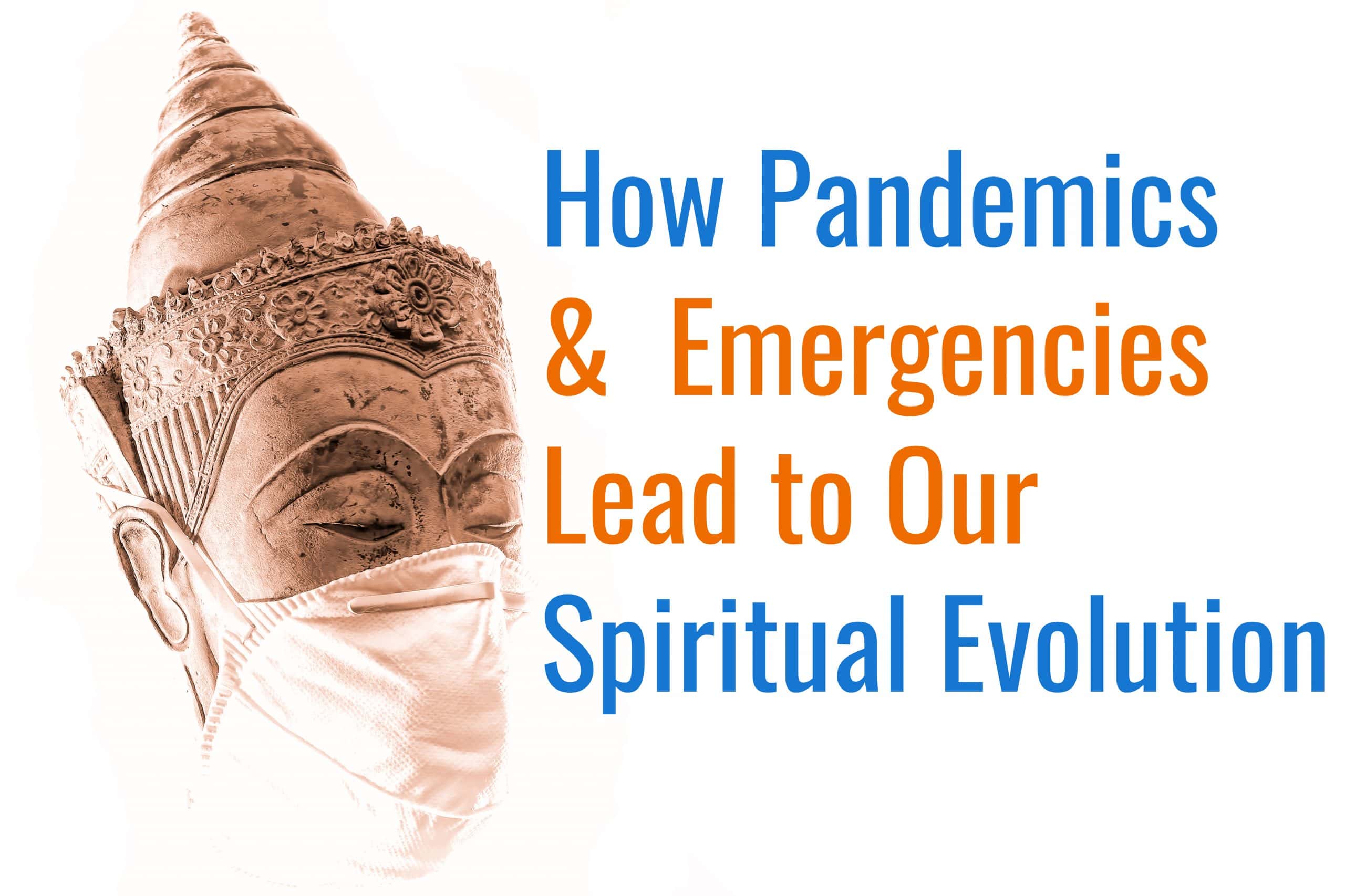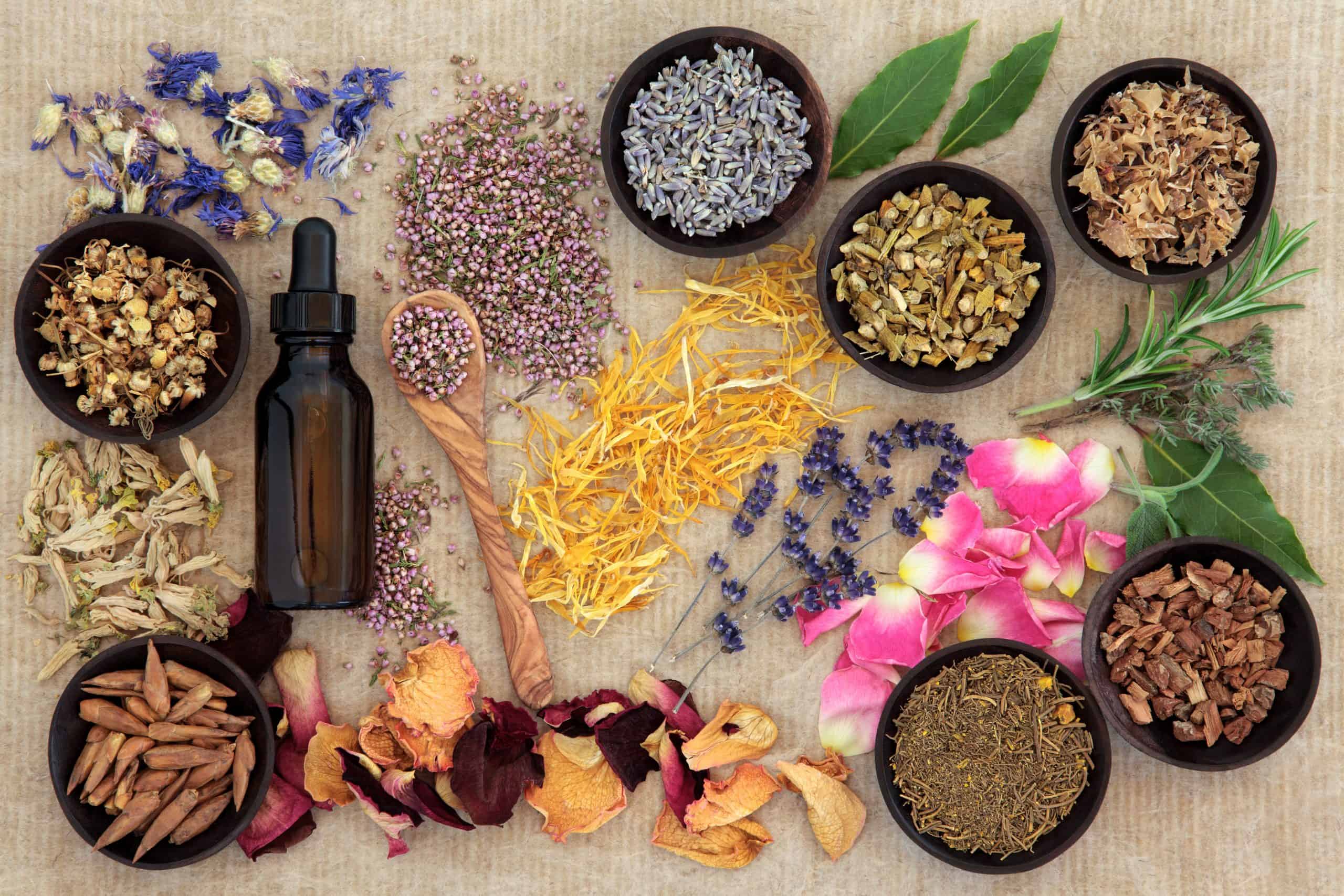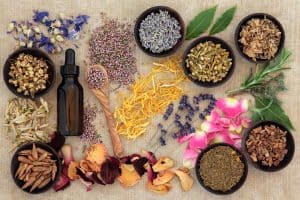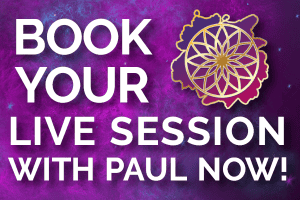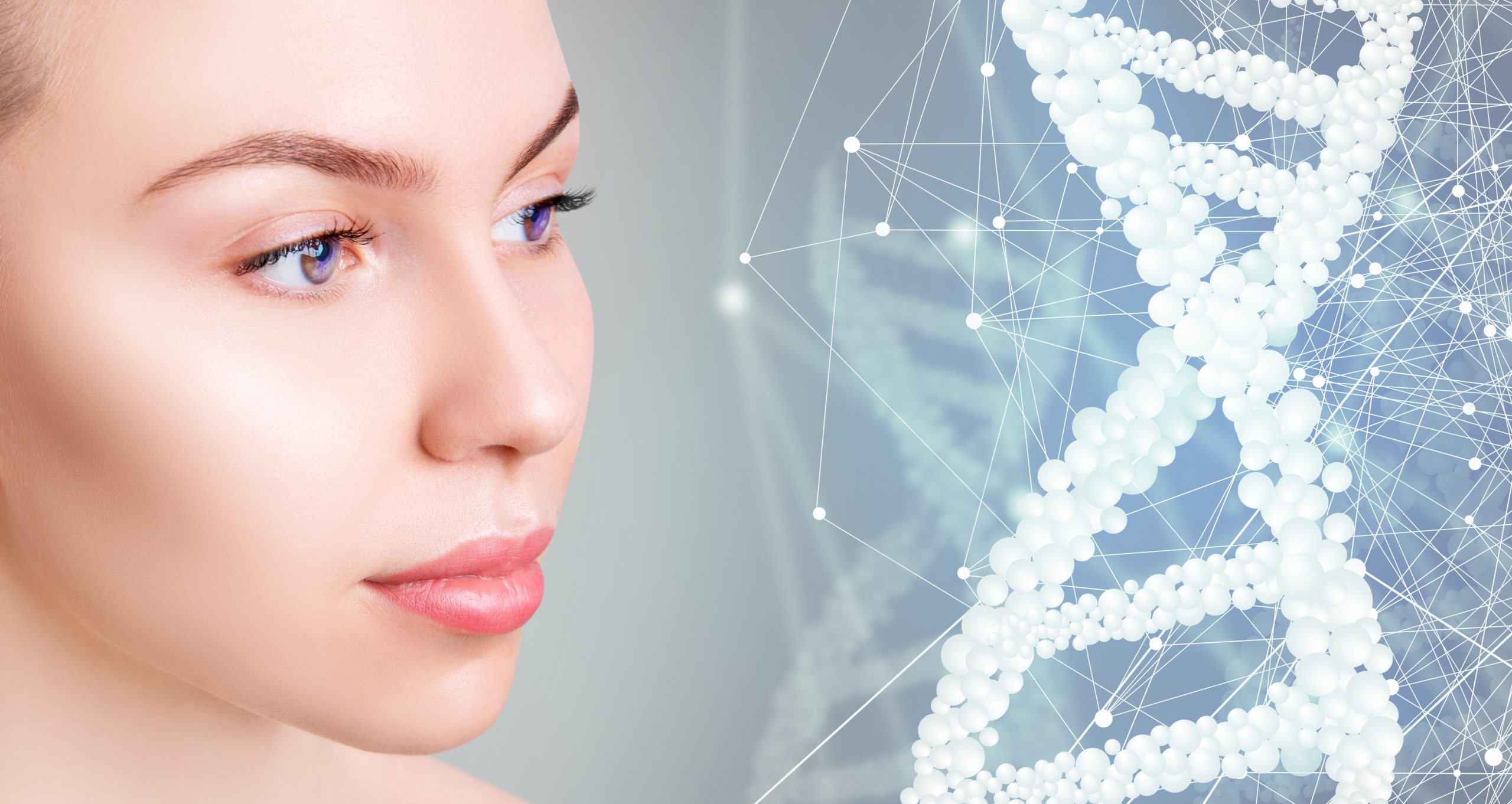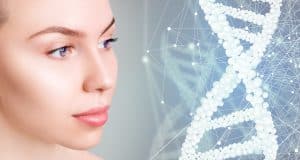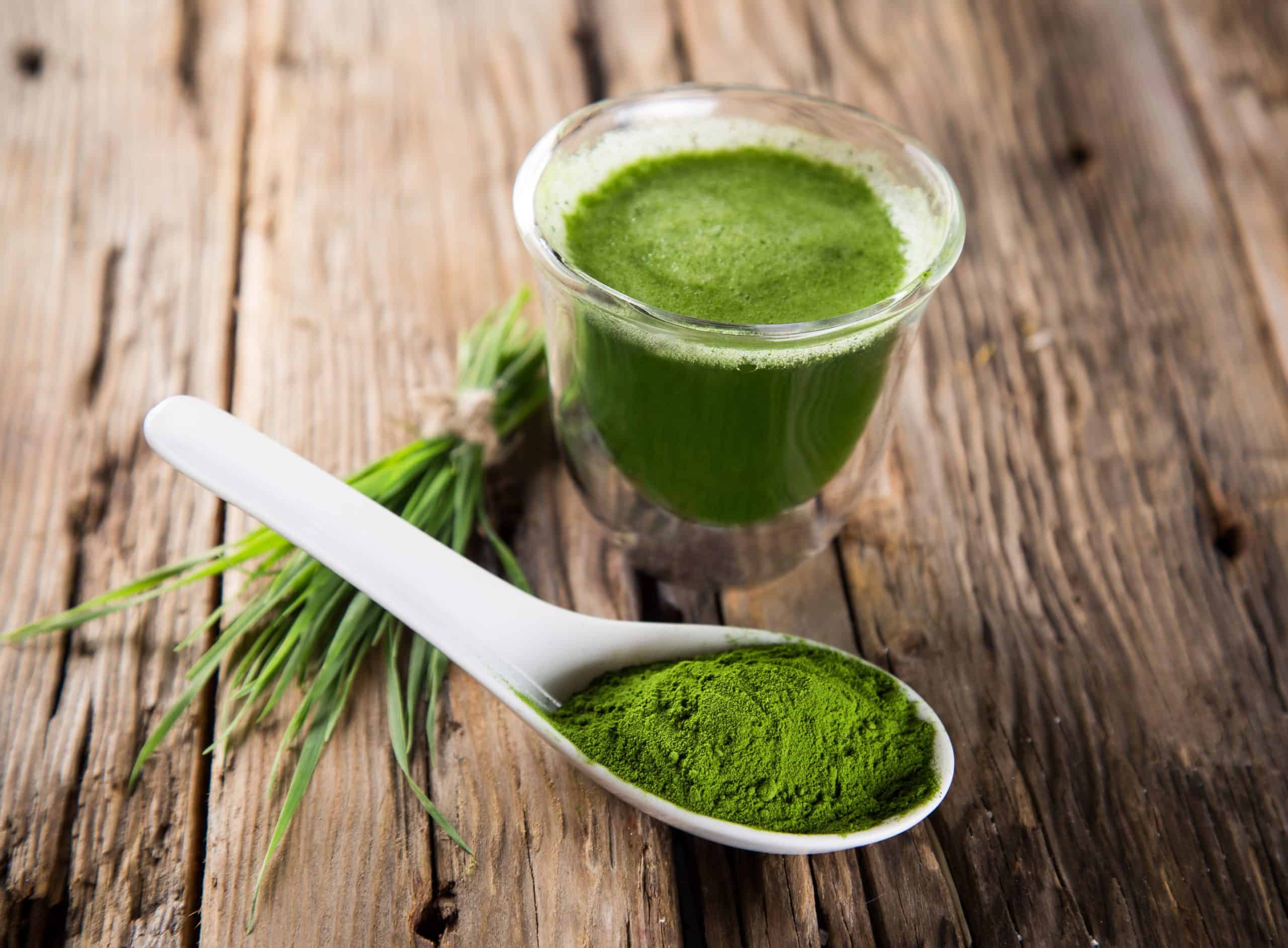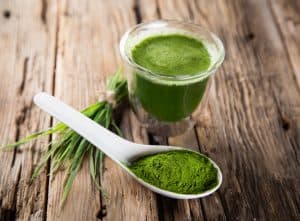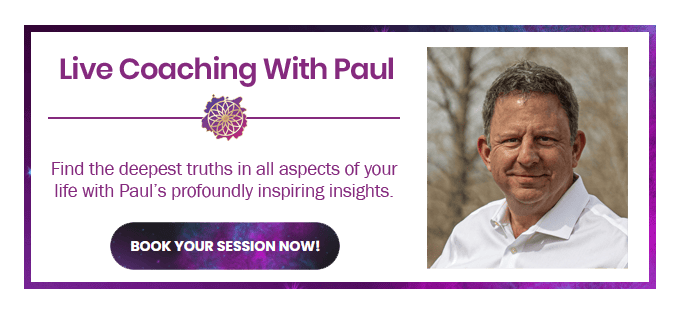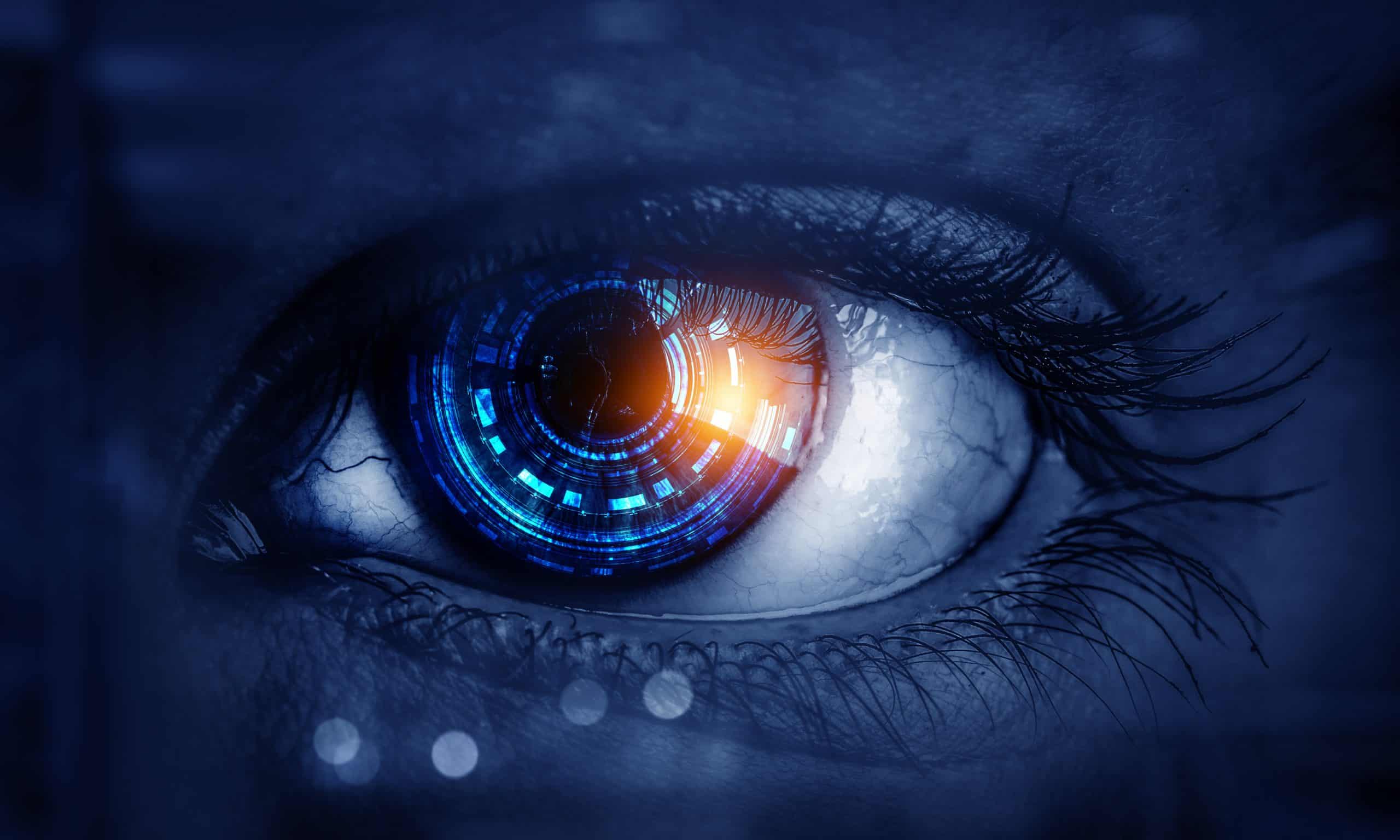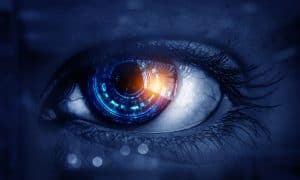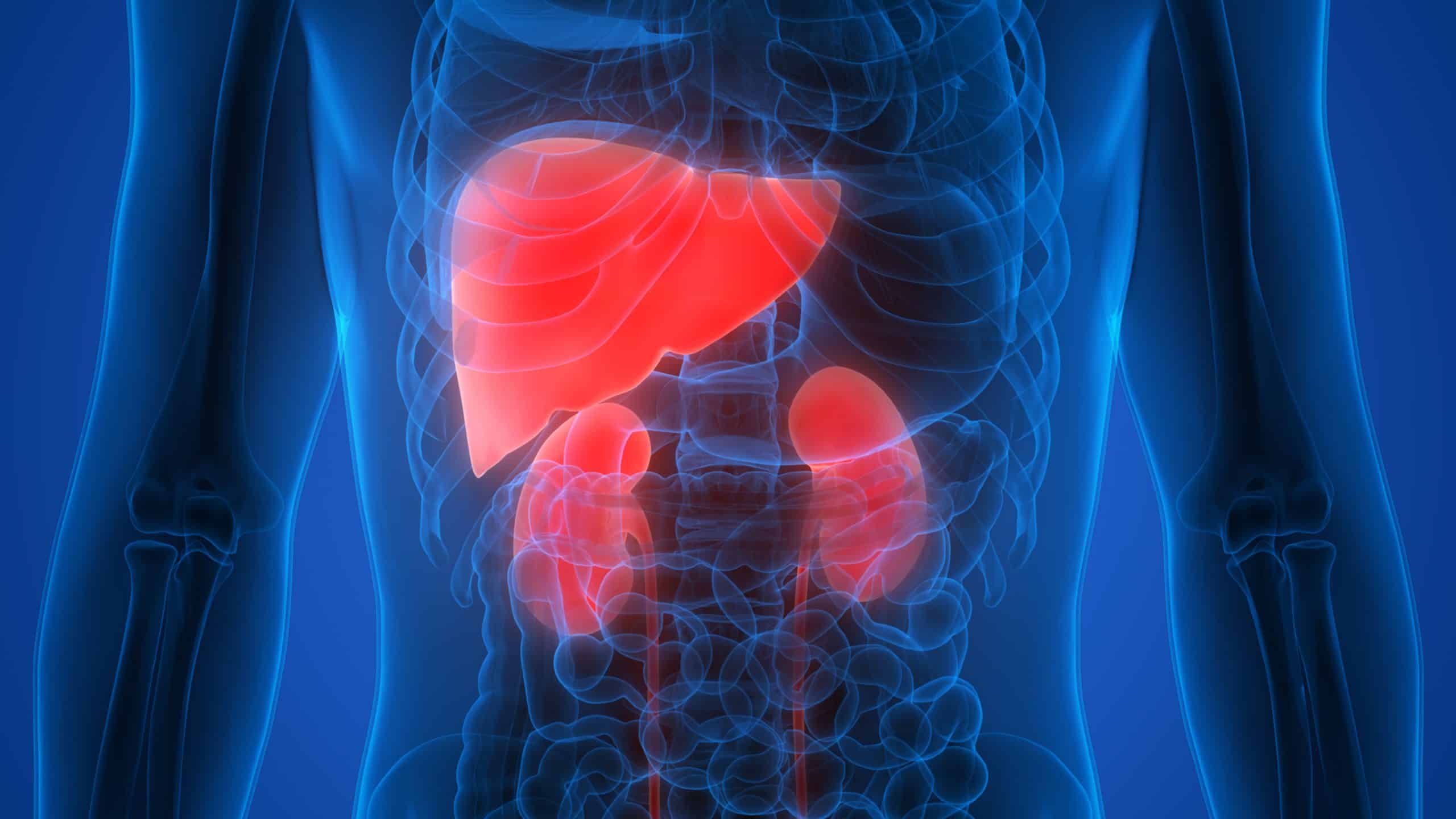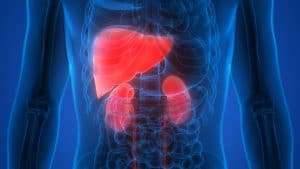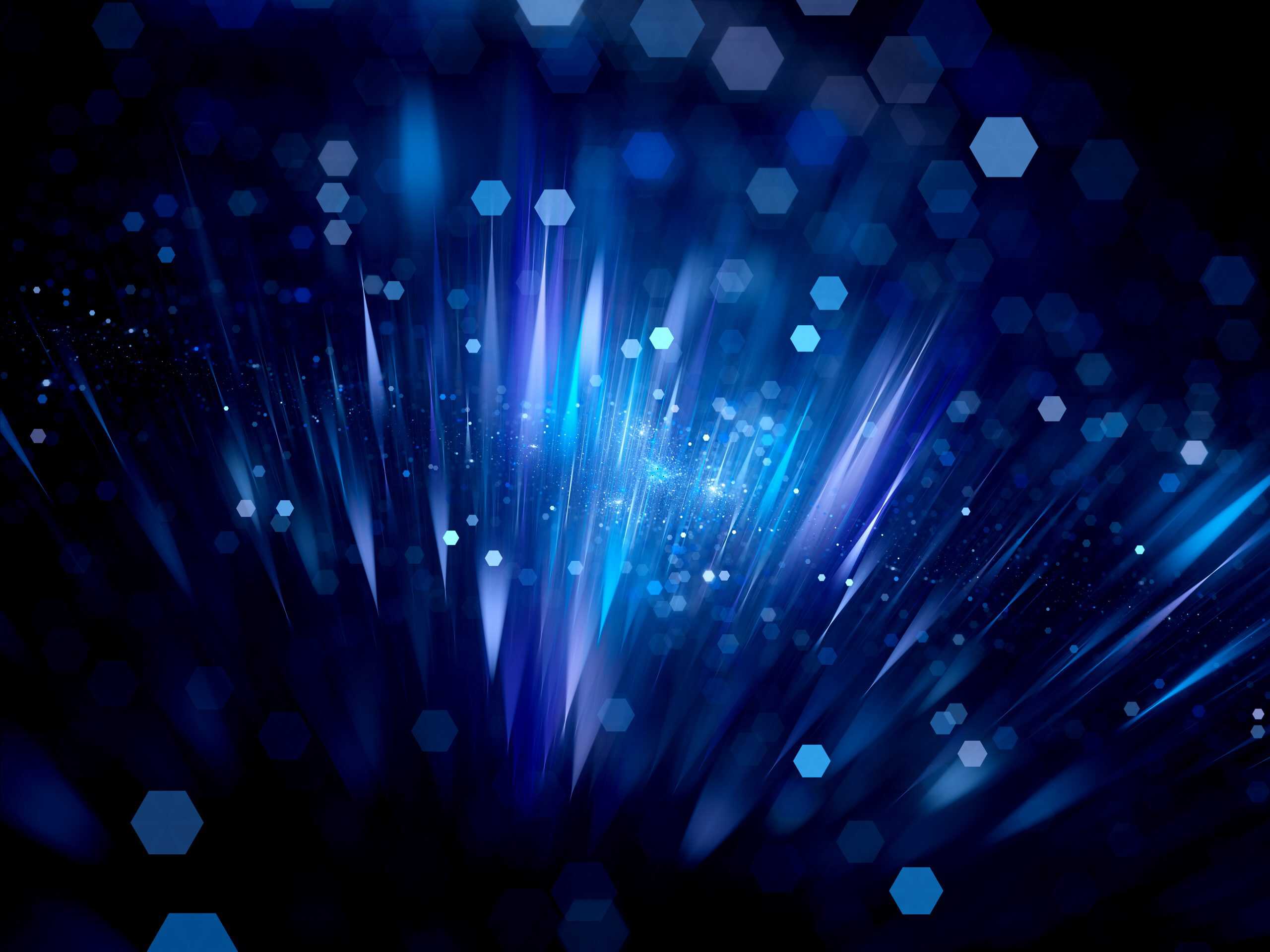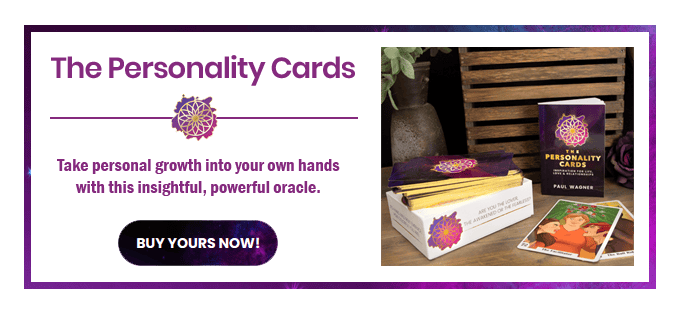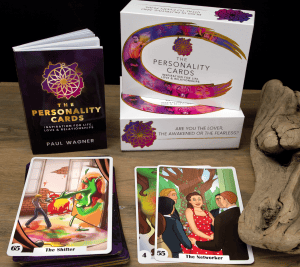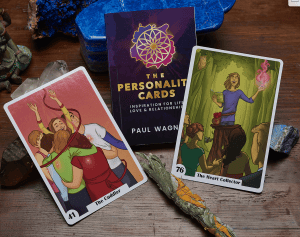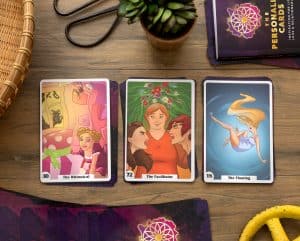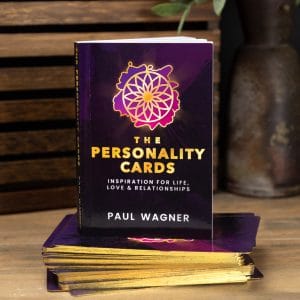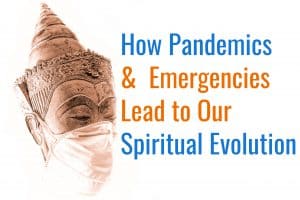
When major challenges emerge, we can choose from a variety of responses. We can dive deeply into the why, we can jump immediately into an operational plan to protect ourselves, or we explore ways to expand our consciousness and embodiments of love to allow for the shifts. Obviously, we all want to protect ourselves, but after we get our first aid kits, store 18 frozen pizzas and 311 rolls of toilet paper, and make sure our loved ones are safe, we might have some time to kill. This is where it gets interesting. This article will enable you to know about the Spiritual Evolution caused by pandemics and emergencies.
Throughout our lives, we continuously develop and update our temporary self-identities (the personalities that emerge within us as we construct our positions in the world.) When we’re in the throws of busy lives, we tend to harden our attachment to specific self-identities. This, in turn, puts us on more direct courses geared for specific outcomes and karma.
“When I was a boy and I would see scary things in the news, my mother would say to me, ‘Look for the helpers. You will always find people who are helping.”
— Mr. Rogers
The challenge with adopting and defending our defined personalities is that when something changes, which is often the case, we become lost, confused, depressed, angry, or sad. In short, when our flows are interrupted, we don’t always know how to put it all in perspective or recover.
The trick is to expect change and find ways to embrace it. When we do this, we begin to see how most aspects of our lives are neither valuable, investible, or worthy of our panic. Even though our jobs and careers feel meaningful and empowering for a time, it doesn’t mean that we’re evolving. In fact, most of our job-related activities are endured with a smile, not genuinely celebrated.
It sometimes seems impossible to see the matrix behind our contrived lives. It’s difficult to assess our reality because we believe our contrived realities to be real. They’re not.
Where Did We Come From?
The natures of our souls are similar. We are all born from love and are able to embody love. This doesn’t mean we always choose love, it just means that this skill is part of our birthright. Throughout our lives, most of us keep love at an arms distance. We adopt identities, commit and fail to them, and eventually find success within a temporary, contrived scope. If we’re careful, we escape this life with only a few bruises. If we’re not so lucky, we leave our bodies somewhat broken and confused, relegated to heal when immersed within the other realms.
While this all might seem superfluous to living a real-life within a three-dimensional reality here on planet Earth, there is nothing more important than these ideas. We are soul not the body, eternal not finite. We are born to be reborn, not die. There is no end, there is no beginning. We are everything from here to there and beyond, and we’re everything in between.
When our worlds burst, we have but one choice: find the emotions, express ourselves, move beyond our illusions, and dive into the depths of who we are. During tragedies, we are called to reconnect with the heavens and reclaim our divine rights to be detached, aligned, prepared, and aware.
If we are able to or if we choose to, we can serve others and enjoy exponential growth. While there is no escaping this life’s ups and downs, there are pathways to help us master life’s complexities and evolve at every turn.
How Do I Evolve?
In a world teeming with political, electrical, and illusory influences, the most appealing choice is to evolve our emotional and spiritual capacities and to expand our hearts. While the New-Age fantasy-sphere often proclaims otherwise, evolution requires sacrifice, commitment, and bumping into quite a bit of furniture. You can’t always bliss your way out of reality. You have to be a warrior.
Here are a few ideas that can lead to emotional and spiritual evolution:
- Meditate for 10 minutes every morning. If you can also do 15 minutes of yoga, and 10 minutes of chanting or praying for others, you’ve got yourself a trifecta, and a solid spiritual workout.
- Explore the idea that you have had many lives before this current life. It might be that you’ve replayed the same dramas and passions from life to life, possibly for centuries. If you can imagine the repetitive nature of your spirit’s journey, you might be able to imagine that whatever is happening is part of a dream-reality that your soul requires at this time. To fight it, or to negate it in any way, could easily work against you.
- See each negative experience as a powerful mini-workshop in getting over yourself. Some situations require setting boundaries, standing up for yourself, and prepping for change. Being prepared is being a good steward of your body and soul.
- Imagine that the disaster you are experiencing is precisely what you and everyone else needs to evolve in this lifetime. While tragedies can be devastating, try to also allow for accepting them, even in forms that appear dangerous.
- Pray for the people you feel hatred toward. When you pray for others, the entire universe prays for you. When you overcome hatred and prejudice, even while in the bosom of your not-so-evolved birth religion, you become Christ-like. When this happens, it’s a beautiful thing. Savor it.
- Try to make room for relaxing and breathing deeply throughout the day.
- Laugh at yourself often, making note of your silly reactions and attachments.
- Be bold and firm when someone hurts you, even to the point of feeling angry and self-righteous. Afterward, see if you can let these feelings go. Continue allowing yourself to feel the hurt and anger – and then letting it all go – until you no longer feel those emotions.
- Throughout every spiritual practice and process, don’t judge yourself. Even Hitler and the darkest spirits can be forgiven.
- Once in awhile, eat a delicious, decadent dessert.
- Talk to plants and animals.
- Cuddle your loved-ones often.
- Find simple ways to serve others. One example might be to simply smile at strangers. Another way is to give a little money to charity every month, even when you don’t have much to give. Helping and serving others invites the angels into your life. This is vital to your spiritual evolution, click here to read more.
Disasters cause spiritual evolution and remind us that life is short and that we be can always be better at serving our loved-ones and ourselves. When danger lurks and death is near, we are reminded of how petty and short-sighted we can be. We are also reminded of how much we love God and all things divine.
As you process the challenges in your life, remember that the past is a canceled check. Just like former versions of yourself, they do not exist. You are reborn the moment you want to be reborn.
To protect yourself, you don’t need a gun or secret bunker, you need to:
- Align with the principles infused in the fabric of heaven
- Regularly open your heart
- Love and forgive others, and for a time, give everyone the benefit of the doubt
- Forgive yourself
- Pray for those you love
- Be detached for proactive
In all things, remember: whether you are living or dying, you are an eternal spirit connected to the All-That-Is. You are always in the arms of God. I am wishing you peacefulness, safety, better spiritual evolution, and health during this time, and always!


